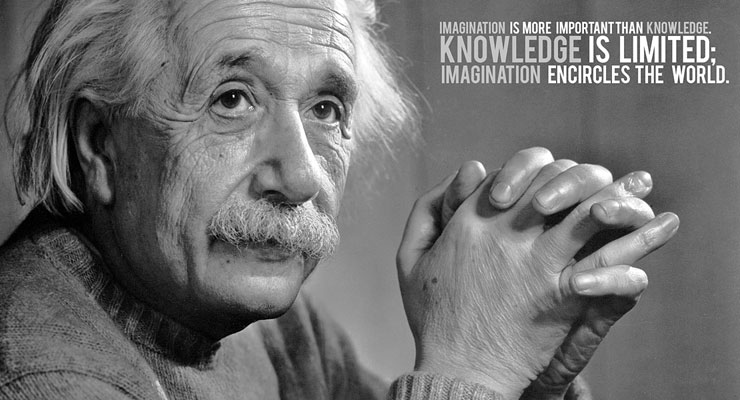Jews are outperformers in many realms of human endeavour. For example, they won 22 per cent of all the Nobel Prizes in the last century, and their hit rate moved up to 32 per cent in the early years of this century, although they constitute no more than 0.2 per cent of the world’s population.
Why are Jews so successful?
This is a subject most of them prefer to avoid because it draws attention to something that has stoked hostility to them over the centuries – so many of them seem to be generally superior to most of the rest of us in making money, running businesses or professional practices, achieving intellectual breakthroughs, delivering outstanding achievements in the arts and sciences, and in many other ways.
How come?
Although not all Jews practise their ancient religion, or even any religion, they all stem from an ancient tribe whose members were dispersed from Palestine more than a thousand years ago and established communities elsewhere. The most prominent of these were to be the Ashkenazim, who settled in Europe.
Jews constitute several closely-related, identifiable, ethnic groups.
Nicholas Wade, an eminent science journalist, says in his explosive new book A Troublesome Inheritance:* “DNA analysis shows that Jews are a definable set of populations.” Researchers into genetics at Stanford University in the US have been able “to distinguish with complete accuracy between Ashkenazim and non-Jewish Europeans.”
Jews, at least until very modern times, maintained a high degree of ethnic integrity, not only because of their own religious prohibition on marrying outside the faith, but also because they developed specific characteristics that set them apart… characteristics that tended to make them wealthier and more successful.
Wade suggests those were rooted in cultural factors that became embedded in the genes through a process of natural selection.
It began with the emergence 2,000 years ago of a form of Judaism that insisted on universal male literacy so that everyone could understand and obey the religious laws. Then, and for a long time, that was unique approach to cultivating the intellect.
“In a world where most people were illiterate, the literacy of almost all Jews gave them a decided advantage in any occupation that required reading contracts or keeping accounts,” Wade writes.
In Europe, in particular, Jews became heavily engaged in financial business such a moneylending, cash transfer, and eventually tax farming. Recent historical research suggests that this was not, as commonly supposed, because Jews were forced into moneylending by exclusion from other ways of earning a living, “but rather chose it because it was so profitable.”
They enjoyed high standards of living, which enabled Jews “to secure a considerable degree of reproductive success.” Because they could afford better nutrition and warmer houses, they had more surviving children. The Ashkenazi population grew from almost nothing in 900 AD to about half-a-million by 1500 AD, and reached more than 14 million by 1939.
More importantly, this relative success promoted the wealth-promoting characteristics of Jews as a whole.
Among all humans, there are characteristics that favour material success, such as higher intelligence, verbal and mathematical skills, propensities to save and work hard, interpersonal skills.
If those fundamentals are allowed to blossom in a favourable cultural environment, they produce material success. For most of human history, until recent times, that has meant the richer the parents, the greater the number of surviving children.
The spread of greater numbers of descendants with high levels of positive characteristics has tended to raise over time average levels in the community. There’s an upgrading of genetic “quality” derived from environmental factors!
Because of the established strong heritability of intelligence (proved by studies of twins), and because of historical evidence linking abundance of surviving children to family wealth, researchers at the Utah University have calculated, Wade reports, “that 20 generations, a mere 500 years, would be sufficient for Ashkenazim to have developed an extra 16 points of IQ above that of Europeans.”
This explains why Ashkenazi Jews have an IQ “generally measured at between 110 and 115, which is the highest average of any ethnic group.”
Designed for life in cities
Interestingly, Ashkenazim generally do particularly well in the verbal and mathematical components of IQ tests, but score lower than average on visuospatial questions.
“This suggests that some special force has been at work shaping the nature of Ashkenazi intelligence, as if the population were being adapted not to hunting, which requires excellent visuospatial skills, but to more urban occupations served by the ability to manipulate words and numerals.”
Why is it that the two other groups of Jews, the Sephardim and Orientals, don’t have high IQs like the Ashkenazim? (Both have intelligence ratings comparable to non-Jewish Europeans and “are not over-represented in cognitively-demanding occupations”).
Wade suggests that historically they were never able to enjoy wealth-promoting, intelligence-enhancing occupations such as moneylending because they largely lived in Muslim regions whose rulers confined them to unpopular occupations such as tanning or butchery.
In conclusion, two interesting points…
- Research has shown that Ashkenazi Jews have had a genetic admixture with Europeans of only 5 to 8 per cent since about 900 AD. For cultural reasons, they largely maintained their ethnic identity.
- With an average Northern European IQ of 100, it can be expected that only four people per thousand would be expected to have IQs above 140. But among Ashkenazim, the Utah researchers calculated, if their average IQ is taken as 110, then 23 out of every thousand should exceed 140. Roughly six times as many!
Wade says: “This helps explain why the Jewish population, despite its small size, has produced so many Nobel Prize winners and others of intellectual distinction.”
*A Troublesome Inheritance: Genes, Race and Human History, by Nicholas Wade, pub. by Penguin Press.
copyright: Martin Spring of OnTarget

Leave a Reply